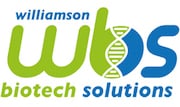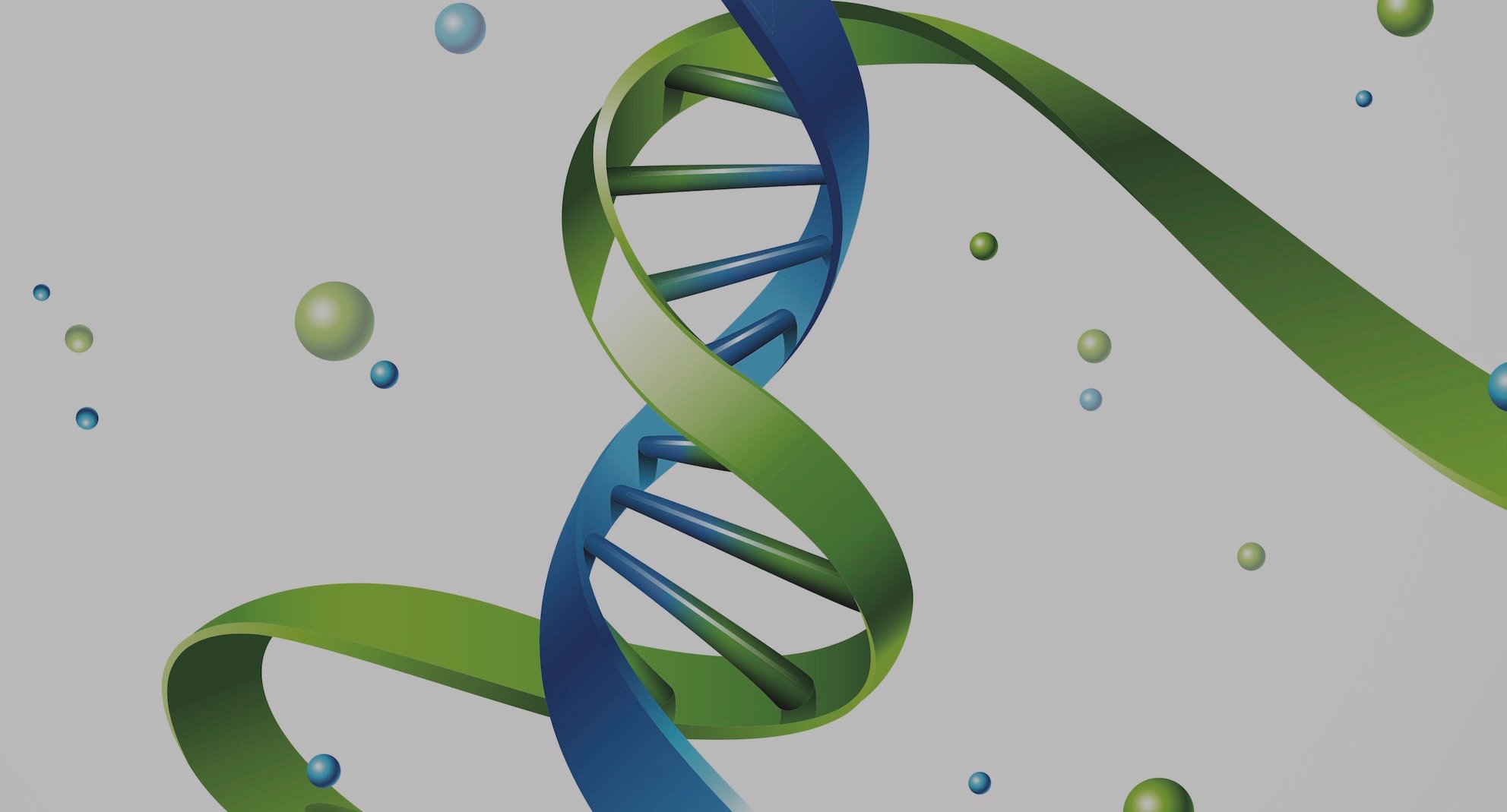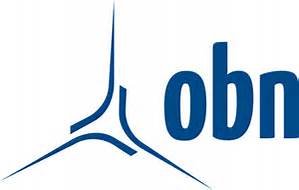Articles For Journals & Scientific Writing
To keep up with trends in the field, we write commissioned articles for the scientific journals.
We also support our customers with scientific writing, white paper, web content and scientific translation.
No Time to Write Articles? Need Help With Scientific Writing? We Can Help!
Professionally written content by a specialist from our team with a strong scientific knowledge base
Maximised exposure and diffusion through the appropriate channels
Can We Predict Drug Efficacy with Artificial Intelligence?
Journal : Applied Clinical trial
Date of publication : 22 May 2017
The success of personalised medicine depends on the ability to identify patient sub-populations, which is only possible with accurate diagnostic tests based on biomarkers. Given the vast amount of genomics, proteomics or metabolomics data, identifying effective biomarkers is a complex task.
Large amounts of individual patient Omics data are being collected, unfortunately bioinformaticians lack sophisticated tools to extract information from the data. Big computing approaches such as machine learning, artificial intelligence (AI) and neural networks are still in their infancy in the pharmaceutical sector but with several AI companies rewriting the code for drug discovery, the implications in healthcare are likely to be far ranging in the coming years. In particular, newly founded start-ups offer some unprecedented solutions using machine learning and AI.
In a booming biomarkers market, which spans both diagnostics and drug discovery, there are, according to AngelList, 173 companies in the bioinformatics space, with only 15 in Europe. UK-based BenevolentAI is one leader in the use of artificial intelligence (AI) for the efficient diagnosis of diseases and discovery of drugs. The company was founded in 2013 with the idea that the drug discovery process required a complete turnaround. Their mission became to change the healthcare and biotechnology industry which they addressed using knowledge networks to reduce the time and cost of drug discovery and find new molecular targets.
Reach for the BioStars! Meet the Top 3 Biotech Startups from Oxford
Journal : Labiotech.eu
Date of publication : 23/02/2017
A new round of this young startup competition is underway! What is this Oxford-based competition, and who competes? We talked to previous participants.
BioStars is a flagship startups booster run by a group of PhDs, MBA and post-docs, who dedicate their spare time to enabling bio-entrepreneurs to turn their scientific ideas into actual products. Brought together by Mina Bekheet and now known as Panacea Innovation, the team aims to bridge the gap between research and scientific innovation with the aim of creating an ecosystem to for scientists to translate academic research into companies.
“I’m now convinced that what really makes successful entrepreneurs is pure persistence. A true entrepreneur not only dreams big, but executes even bigger. So why do we do it? Because we could now clearly see how BioStars is filling in the gaps in between the academia/industry/investment triple-helix and maximising the translation of the undervalued assets, and since we are impact-driven, we decided to roll our sleeves-up and dive all in with our start-ups.”
Mina Bekheet, Panacea Innovation
In two years, Panacea is succeeding by making the most of the Oxford network in which it’s embedded. Forbes recognised Bekheet as one of its 30 Under 30 in Healthcare & Science and Dorm Room Founders after he drove Panacea Innovation from a student-led network to a hands-on multi-armed organisation.
31 May 2017
The FDA’s announcement to approve pembrolizumab marketed as Keytruda (Merck) for treatment of solid tumors with a biomarker irrespective of its location in the body is a crucial milestone in the fast moving field of cancer immunotherapy and personalized medicine. It is the first time a drug is approved without a tumor specific context, highlighting a new way of defining and treating cancer based on their genetic mutations rather than on the organs where they spread or originated from.
26 April 2017
space
BioStars, a young start-up accelerator brought by Panacea Innovation aims to bridge the gap between research and scientific innovation creating an ecosystem to for scientists to translate ideas into companies. Last years’s winners have all come a long way. With the second round of the competition completed last month, here is what impressed the jury this year. The judges were looking at projects addressing a real gap in the market or ideas that represent true innovation so don’t be surprised if their choices sounds a little unexpected.
Scientific Publications
- Williamson, J.F. (2008) Advances and perspectives in intracellular biomolecule delivery. Pharmaceutical Technology Europe, p. 43-46.
- Roth J.F, Shikama N., Henzen C., Desbaillets I., Lutz W., Marino S., Wittwer J., Gassmann M. and Eckner R. (2003) Differential role of p300 and CBP acetyltransferase during myogenesis: p300 acts upstream of MyoD and Myf5. EMBO J. 22, 5186-5196
- Shikama N., Lutz W., Kretzschmar R., Sauter N., Roth J.F., Marino S., Wittwer J., Scheidweiler A. and Eckner R. (2003) Essential function of p300 acetyltransferase activity in heart lung and small intestine formation. EMBO J. 22, 5175-5185
- J.F. Roth. (2000) Ty Virus-like particles: a review. Yeast. 16, 785-795.
- J.F. Roth, S.M. Kingsman, A.J. Kingsman, E. Martin-Rendon. (2000) Possible regulatory function of the Saccharomyces cerevisiae Ty1 retrotransposon core protein. Yeast 16, 921-932
- P.T.F Williamson, J.F. Roth, T. Haddingham. A.Watts. (2000) Expression and purification of recombinant neurotensin in Escherichia coli. Prot. Expr. Purif. 19, 271-275.
- A.Watts, J.M.G. Higgins, J.F. Roth, A. Ward.(1999) Weekly highlights, Invest. Drugs,32, 21-25.
- H.AL-Khayat, D. Bhella, J.M. Kenney, J.F. Roth, A.J. Kingsman, E. Martin-Rendon, H.Saibil. (1999). The Yeast Ty retrotransposon assembles into virus-like particles, whose T-number depend on the C-terminal length of the capsid protein. J. Mol. Biol. 292, (1), 65-73.
- S.J. Harris, J.F. Roth, N. Savage, S.A. Woodrow, I.K. Hemingway, G.F. Hoyne, J.R.Lamb and G.T.Layton. (1997). Prediction of murine MHC class I epitopes in a major house dust mite allergen and induction of T1-type CD8+ T cell responses. Int. Immunol. 9, 273-280.
Scientific Tranlations
Book Translation from German to English:
The Green Tree Python and Emerald Tree Boa (Kirschner & Seufer Verlag) ISB3-98008264-0-6
Disclaimer. ©Williamson Biotech Solutions Ldt. All rights are reserved.
No part of the text or graphics on this site may be reproduced in any form or by any means without prior permission in writing from Williamson Biotech Solutions.Williamson Biotech Solutions is not responsible for and does not endorse or accept any responsibility over the contents or use of this websites. Williamson Biotech Solutions does not accepted any liabilities relating to the website.


